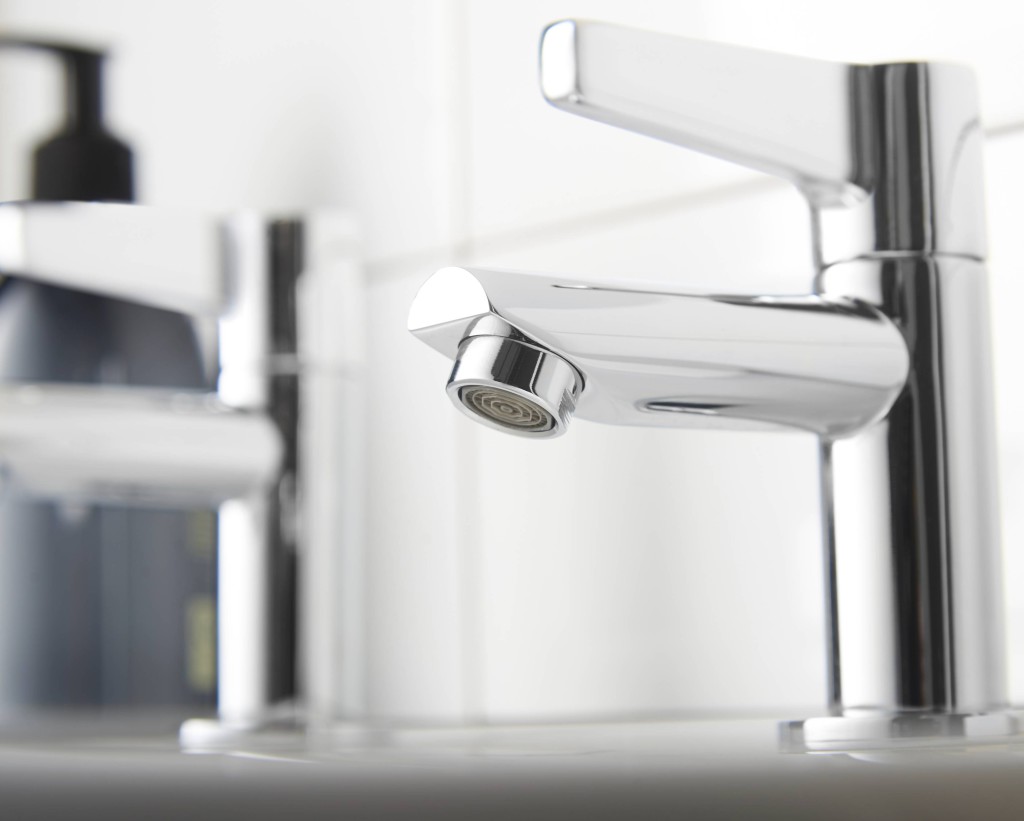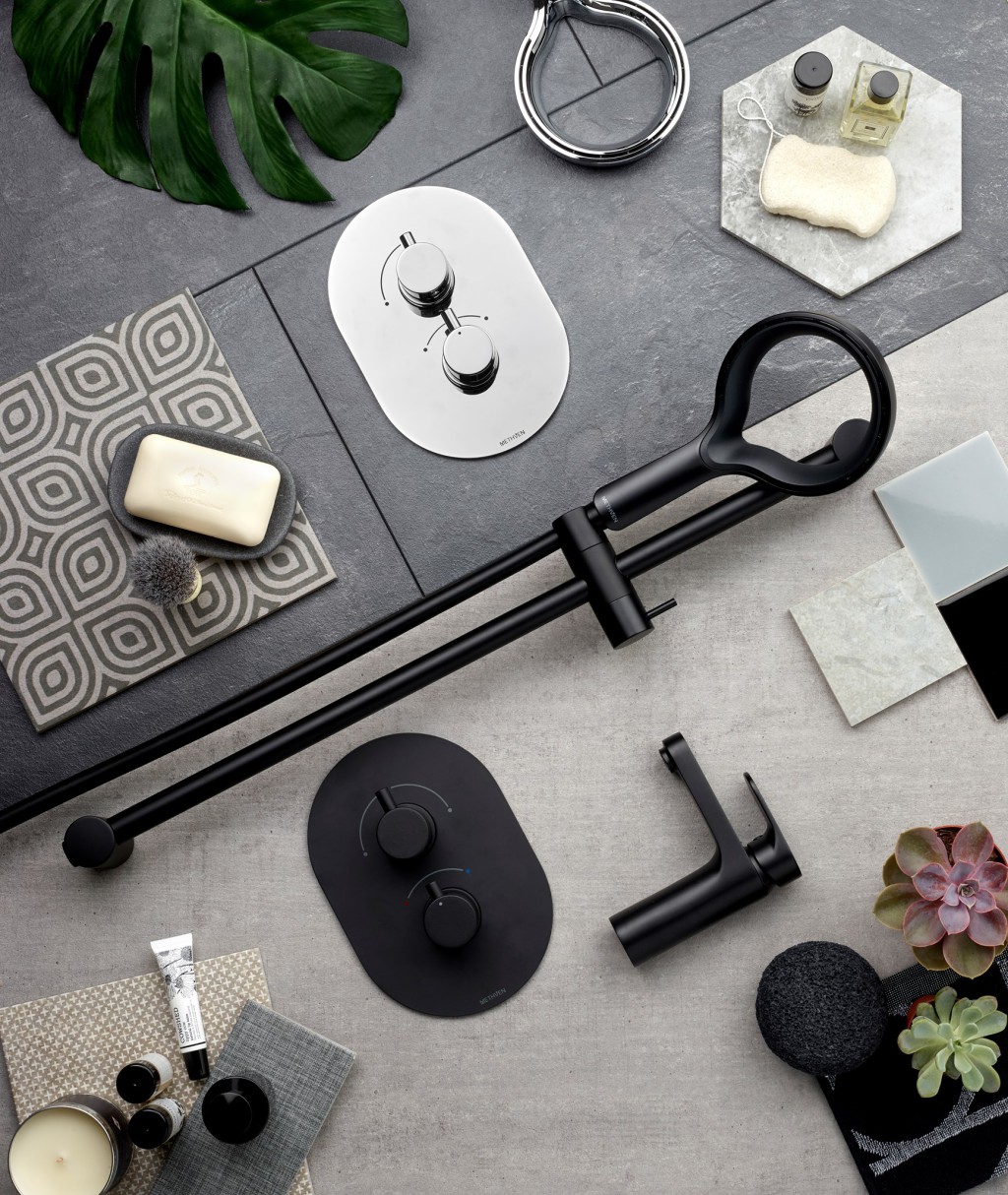Water efficiency and the pursuit of sustainability targets

Emma Foster, Head of Marketing and Product at Methven, argues that there is a great deal of ground to be gained in sustainable construction in both the short and long-term from prioritising practical, cost effective water-saving solutions.
As the UK strives to achieve Net Zero carbon targets by 2050, strategic innovation across all industries is a must – and this is particularly true within the construction and public housing sectors.
Obstacles faced by those operating in these sectors include cost constraints, maintaining operational efficiency and meeting regulatory requirements, all while driving sustainable change. So, with the above constraints, targets and ambitions in mind – here’s why the power and impact of water efficiency products and associated savings may be being overlooked.
Clearly, there is a major focus on such big-ticket changes, which of course are effective in their own way. However, they can also be relatively costly and slow to bring to fruition.
In the world of housing and construction, the simple change or specification of a water-saving tap or shower head can play a crucial role in reducing both environmental impact and operational costs. By integrating water-saving solutions at the design and specification stages, public housing providers and construction firms can unlock significant savings while making progress towards alignment with broader sustainability goals.
According to our research, switching from a conventional shower head with a flow rate of 15 litres per minute to a low-flow handset which operates at 5.5 litres per minute, individual households can achieve annual savings of 800kg of carbon, reduce bills by over £500, and lower water consumption by up to 91,000 litres. These estimates are based on an average household of 2.4 people taking 11-minute showers, according to research from the Bathroom Manufacturers Association. Extrapolated over a major new development, these savings can stack up very quickly and have a major accumulative impact.
Impact on regulations
Consider Part G building regulations, which impose water consumption limits in new homes to 125 litres per person per day, with an optional 110 litres per day in water-stressed areas.
Switching to a low-flow showering handset can make all the difference and, despite potential reservations in performance, modern technology means that there is no compromise required in order to achieve significant water savings.
At Methven, we hold three out of six global patents for showering technology, including our water efficiency-focused Satinjet technology, which uses unique twin-jet technology to create optimum water droplet size and pressure, with over 300,000 droplets per second, resulting in an immersive, full-body shower experience.
The Future Homes Standard also states that new homes must reduce current carbon output by 75-80% – so the relatively small investment in water efficient bathroom technology can make a big impact in contributing to that percentage, at a speed to match.
Another example is the upcoming changes to the Welsh Housing Quality Standard (WHQS) – one of the biggest shake-ups of social housing standards in 20 years.

The new standard will require social landlords to undertake an assessment of their entire stock to outline the current Energy Performance Certificate (EPC) and Environmental Impact Rating (EIR) ratings of their homes, with the ultimate aim of carrying out upgrades and improvements which contribute towards achieving EPC Band A for each property.
In line with wider global water saving and decarbonisation targets, the refreshed standard states that homes should have fittings and appliances which stop water being wasted in order to keep water bills down and help protect the environment.
So, while large-scale sustainability initiatives continue to dominate the agenda, the focus on water efficiency is increasing.
Path to Net Zero
In line with this, we urge stakeholders to consider focusing on the accessible and immediate solutions associated with water efficiency that can significantly advance Net Zero and decarbonisation goals.
With roots in New Zealand dating back to 1886, Methven has established a worldwide reputation for developing products that prioritise water efficiency, decarbonisation and performance.
Our longstanding commitment to addressing water scarcity and promoting sustainable living continues to drive our innovative approach to bathroom solutions.
Our message is clear: while large-scale sustainability initiatives are important, there are simpler, immediate solutions available that can make a significant impact.
Water efficiency can often be overshadowed by more visible sustainability efforts, such as renewable energy adoption, improved insulation or procedural overhauls.
By adopting water efficient shower heads and tapware, you can take a practical step towards achieving Net Zero and decarbonisation targets, ultimately contributing to a more sustainable future.







